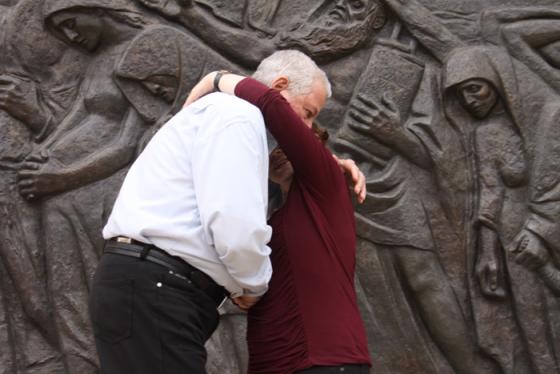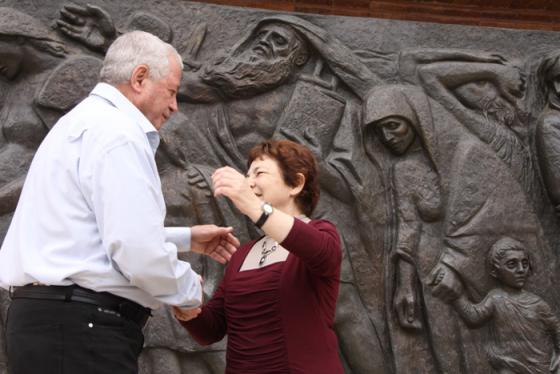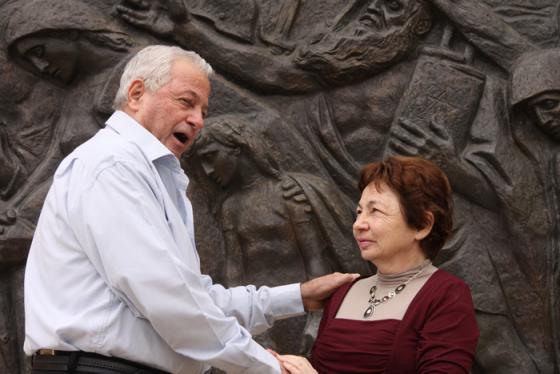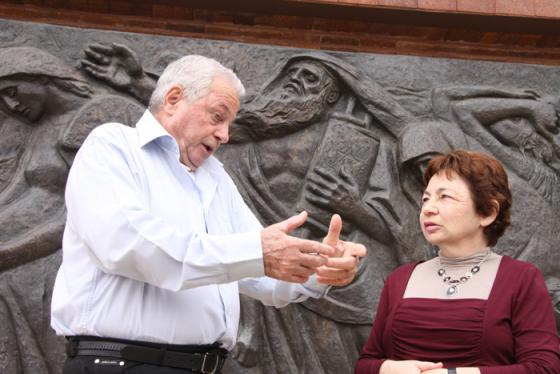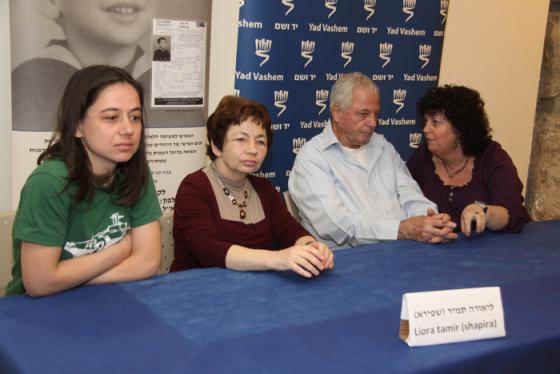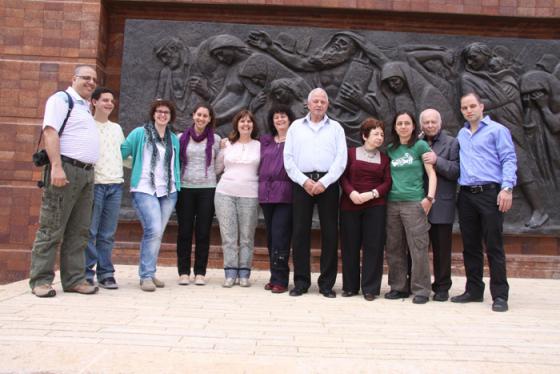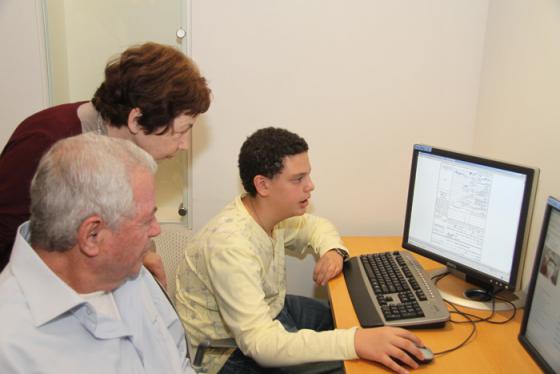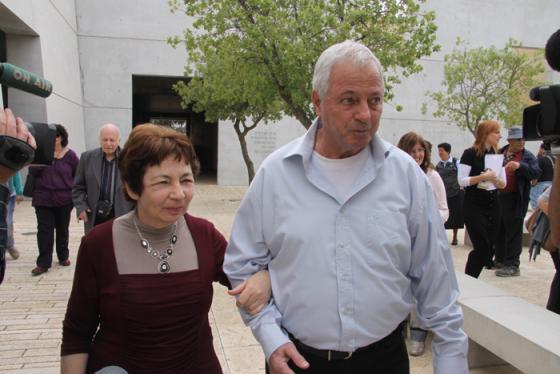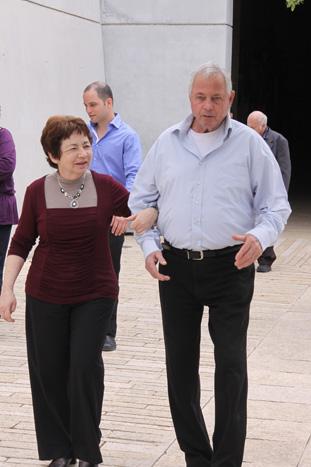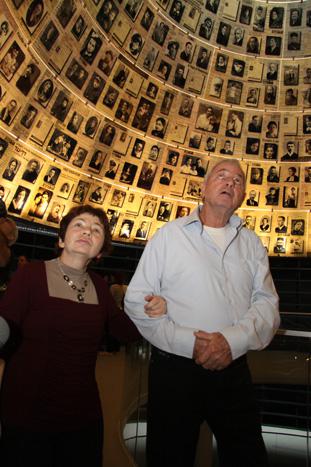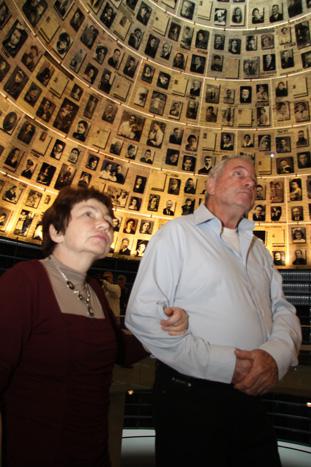Over half a century after their grandparents were murdered by the Nazis in Poland, first cousins Liora Tamir and Aryeh Shikler met for the first time at Yad Vashem over the Passover holiday.
Tamir was born in the Soviet Gulag town of Vorkuta in 1946. Tamir’s mother, Yona, promised her that when she turned 15, she would reveal the family’s story to her. But Yona Shapira died when Tamir was only 12, leaving her an orphan with no information regarding her family roots. Tamir spent the rest of her youth in an orphans’ home in Leningrad and believed that she was alone in the world.
“Excitement doesn’t even describe what I felt,” said Tamir after meeting her cousin Aryeh. “I felt that I had gone to another space, where I am not alone. I understand that I need to get used to thinking of myself as part of something: Before, I had my children, but now there is an entire family.”
Tamir’s daughter, Ilana, launched a determined search through archival information for clues about her grandmother, Yona Shapira. She discovered that her grandmother traveled from Poland to British Mandate Palestine in the 1920s and was arrested and deported by the British because of her communist activities, which ultimately led to her being sent to the Gulag town of Vorkuta where Liora was born.
After receiving documents from a KGB archive confirming the names of Liora’s grandparents, Golda and Naftali Herz Shapira from the town of Brody, she searched Yad Vashem’s Central Database of Shoah Victims Names and found a page of testimony under their names submitted in 1956 by a Simcha Shikler — Aryeh’s father. Ilana then tracked down Shikler’s son Aryeh, and also found his granddaughter Limor Ganot via Facebook.
“It definitely feels like I cracked a mystery and we now we have a better picture of our family,’’ said Ilana Tamir. “I feel like I gave my mother a gift, I gave her a family. We had a hole in our hearts, and we didn’t have a family or blood relationships with anyone — and suddenly a family was born.’’
Liora contacted Shikler who confirmed that his aunt, the daughter of Golda and Hertz Shapira, had been in Israel before the war, and that she had been a communist activist. He, too, was shocked to hear that his aunt’s daughter was alive and living in Israel, having known little about the details of his family roots.
“Without that page that was submitted to Yad Vashem in 1956, this never would have happened,” said Shoah Victims’ Names Recovery Project Manager Cynthia Wroclawski. “What is unique about these pages is that on the bottom is a place for people to write the names of those who survived, a format that enables these sort of reunions.”
